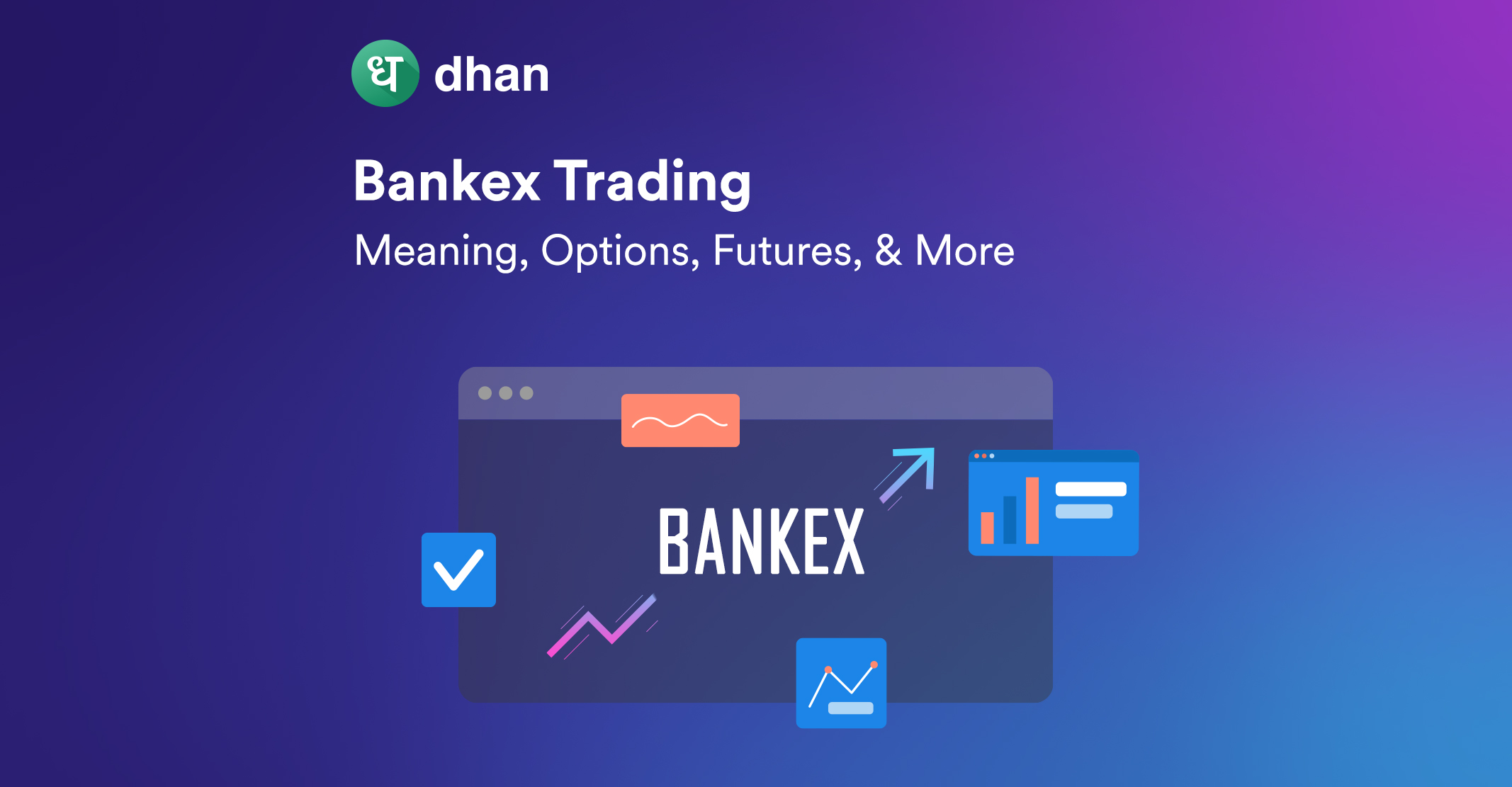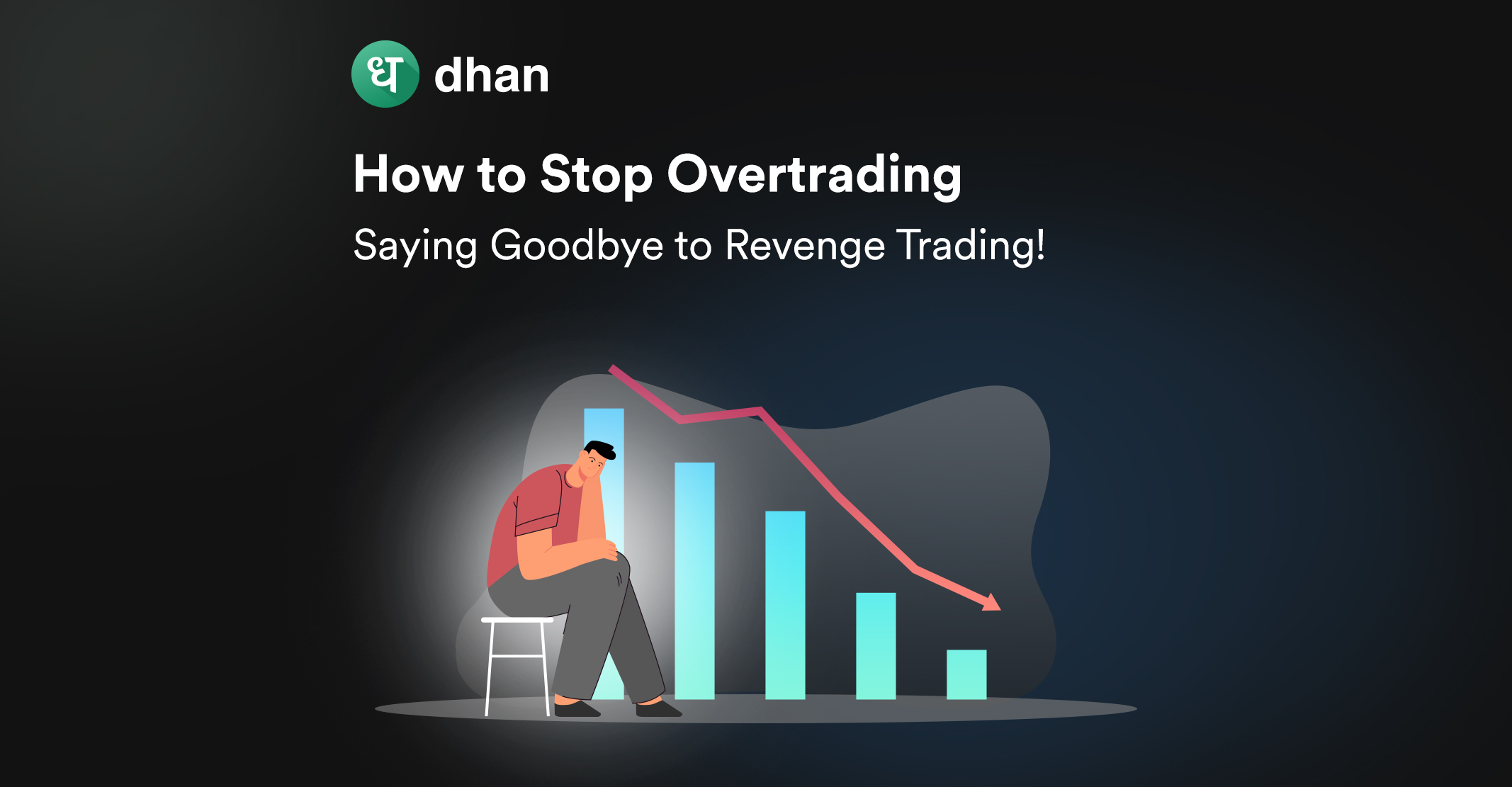Risk management is critical to becoming a successful trader, regardless of the type of trading you choose.
You can achieve long-term success and protect your cash only if you know how to handle risk.
However, what is risk management in trading, and why is it required? That’s what we’ll discuss in this blog along with five risk management strategies for trading like a pro.
What is Risk Management in Trading?
Risk management is the systematic approach to discovering, assessing, and managing risks that are inherent to the stock markets.
A famous quote by Carl Richards about it goes as follows ”Risk is what’s left over after you think you’ve thought of everything”.
For example, you choose a bank stock and think of risk factors such as changing interest rates, default, liquidity, and more.
What you may not have thought about is a shift in banking regulations or a black swan event such as COVID.
Thus, you could conclude that risk management is a collection of several tactics and strategies aimed at protecting your trading capital. At the same time, it helps mitigate losses and maximize returns.
Battle-tested traders will tell you that eliminating the risk completely is an impossible task. That’s why the primary purpose of risk management is to protect your trading capital by all means necessary.
Importance of Risk management
Managing risk while trading is important for the following reasons.
1. Capital Preservation
Risk management is fundamentally all about preserving your trading capital.
Without enough capital, you cannot participate in the market, meaning you can’t profit from various opportunities.
Preserving your capital guarantees that you have the resources to carry on trading.
2. Emotional Control
Trading can be an immensely emotional activity, and feelings can impair judgment.
By lowering the anxiety and greed that often lead to rash judgments, effective risk management will enable you to maintain discipline and emotional control.
You can trade with greater confidence knowing your risks are controlled, all while ensuring that your future self has enough capital to trade with.
3. Consistency
Successful traders are defined by their discipline and consistency.
Effective risk management allows traders to stick to a steady and long-term trading strategy.
This leads to eliminating significant drawdowns, assuring your consistent and long-term gains.
Risk Management for Preserving Capital
We’ve discussed that the core principle of effective trading is capital preservation, which includes taking calculated risks to preserve your trading capital. This includes:
- Placing stop-loss orders to prevent potential downturns
- Mastering position size to prevent overexposure
- Asset diversification to spread risks
Traders can protect their capital by following these guidelines. Preserving capital can make sure that traders have the means to trade and take advantage of lucrative possibilities in the future.
Common Risk Management Strategies in Trading
Let us have a closer look at some of the most prominent risk management strategies adopted by successful traders:
1. Use Stop-loss orders
Using a stop-loss order, you can fix a predetermined price level below which you are prepared to close a position to limit potential losses.
It works as a safeguard, keeping small losses from turning into major ones.
Setting a following stop-loss order is an essential risk management strategy for preserving capital.
2. Master Position Sizing
The importance of choosing the optimal position size for each trade cannot be underestimated.
The selection of a position size is completely based on your risk appetite and the size of your trading account.
You should definitely avoid using excessive leverage, as excessive position sizes might result in severe losses.
3. Follow the 1% Rule in Trading
The 1% rule in trading is a risk management principle that suggests a trader should not risk more than 1% of their total trading capital on any single trade.
Limiting your trading capital is by far one of the most prudent ways to manage risk right off the bat.
It requires you to be disciplined because you have a defined starting point, derived from which you can determine your profit goals.
4. Diversification and Asset Location
Diversification is spreading your capital among several assets or asset types. It is the oldest risk management principle you can come across.
Not putting all of your capital in the same asset reduces the possibility of substantial losses.
Selecting what proportion of your capital to devote to each asset or group of assets is called asset allocation.
With the backing of a well-diversified and accurately allocated portfolio or positions, you can limit the risk and survive market volatility.
5. Avoid Emotional/Revenge Trading
You made a loss, the trade went south, and it put a dent in your trading capital.
While you will come across such situations when taking positions, it’s important to not get carried away by the emotions of the loss.
For example, you should not immediately go back to the same strategy or position with the hope or misguided belief that it’ll work out differently.
Instead, you should assess what went wrong either in your strategy or market/asset-wise to improve as a trader.
Best Risk Management Tools
Effective risk management necessitates not only plans but also the right tools to put such plans into action. Let us look at two of the best risk management tools at a trader’s disposal.
1. Risk-Reward Ratio
A core concept in risk management is the risk-reward ratio. Weighing the potential benefit against the risk involved in each trade is known as the risk-reward ratio.
If your risk-reward ratio is positive and favorable, your prospective gains will exceed your potential losses. You can assess this using a risk-reward calculator or a Pay-Off Graph.
2. Volatility Analysis
The extent to which the price of an asset swings is gauged by its volatility.
If not managed properly, high volatility in the market can lead to frequent and bigger fluctuations in price, leading to potentially heavier losses.
Historical research and volatility analysis of the asset should be done when setting stop-loss orders and position sizes.
Conclusion
A trader’s performance ultimately depends on their ability to manage risks effectively.
Risk management is not about eliminating risks entirely; it’s about recognizing, controlling, and utilizing them to your advantage.
It can be a rewarding venture for those who approach trading with a proper risk management strategy.
Regardless of whether you are an experienced or a novice trader, trading is not simply about generating money – it’s also about preserving it.



